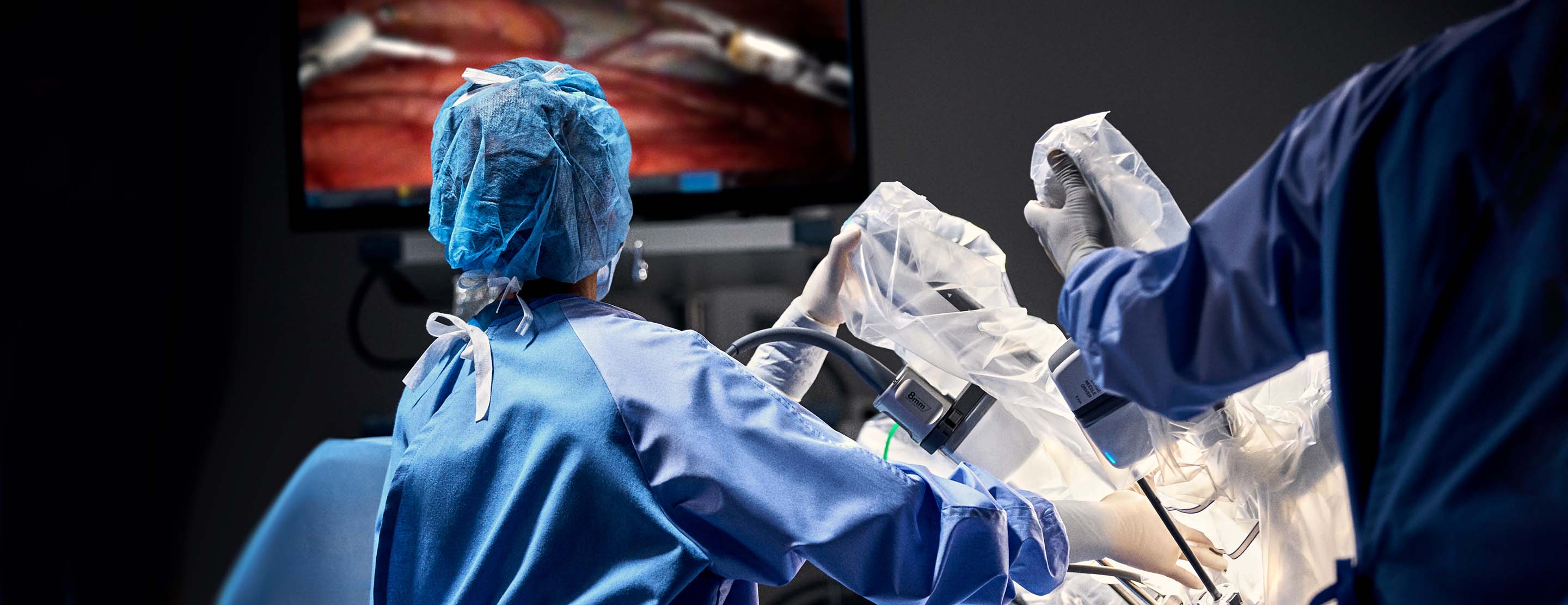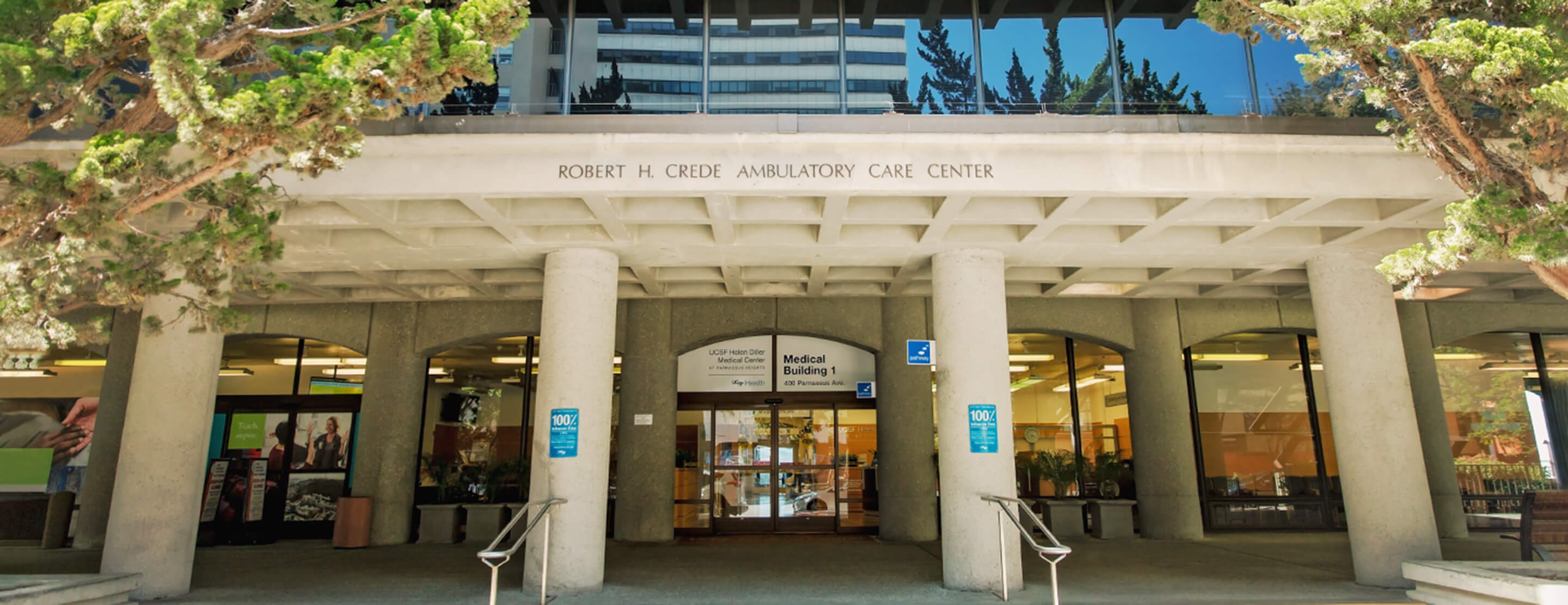At UCSF Health, we're continually working to make medical care safer and more effective. Robotic surgery is an important tool in these efforts. Surgeons who use the technique say it gives them greater precision, control and access than other methods, allowing them to tackle very delicate and complex procedures.
During robotic surgery, the surgeon sits at a console a few feet away from the patient. Using the console's high-tech interface, the surgeon maneuvers several robotic arms, equipped with tiny cameras and surgical instruments, to perform the procedure. The surgeon is in control the entire time.
This kind of surgery is minimally invasive, meaning it's performed via several tiny incisions. Compared with other types of minimally invasive surgery, the robotic system gives surgeons greater precision and range of motion as well as a better view of the surgical area.
UCSF's robotic surgery team says it combines the best of both worlds: It gives them the control and access of open surgery while offering patients all the benefits of minimally invasive procedures.
Benefits of robotic surgery
Robotic surgery has all the benefits of minimally invasive surgery when compared with open surgery. These include:
- Smaller incisions
- Less scarring
- Less pain
- Faster recovery from surgery
- A lower risk of infection
Robotic surgery makes minimally invasive procedures possible for more patients. In the past, patients who needed complex procedures had only one option: open surgery. Thanks to the flexibility and access robotic surgery allows, many of these patients can now undergo a minimally invasive procedure instead.
There's less risk that surgeons will switch to open surgery mid-procedure. Sometimes surgeons switch from minimally invasive surgery to open surgery when they encounter unexpected issues, such as a patient's complicated anatomy. Several studies have shown that this is much less likely to happen during robotic surgery than during other types of minimally invasive surgery.
Research on the benefits of robotic surgery is ongoing. However, many surgeons who use it believe it provides better outcomes than other techniques and allows them to perform complicated procedures that wouldn't be possible otherwise.
One caveat: Robotic surgery isn't appropriate in every case. The type of procedure and the patient's age, condition and medical history may make other techniques a better choice. If you need surgery, your surgeon will discuss the best option for you.
Why choose UCSF for robotic surgery
UCSF Health has built a large, state-of-the-art robotic surgery program. We offer:
- Advanced technology
UCSF Health has seven Da Vinci Xi and SP surgical systems, the most sophisticated technology available. - Multispecialty expertise
Many types of specialists at UCSF are trained in robotic surgery. This means patients who need complex procedures involving more than one type of surgeon can have their entire surgery performed robotically – an option not available at many other medical centers. - Experience
As with any type of surgery, experience matters. UCSF surgeons perform more than 1,400 robotic procedures annually, making ours one of the busiest robotic surgery programs in the nation.
Robotic surgery procedures
We offer robotic surgery for a wide range of procedures, including:
- Removing cancerous tissue from the lungs, uterus, ovaries, colon, rectum, esophagus, bladder, prostate, head and neck, liver and pancreas
- Treatment of uterine fibroids and endometriosis
- Hernia repairs
- Female pelvic organ prolapse repairs
- Bariatric surgery (weight-loss surgery)
- Surgery to repair mitral valve disorders
- Performing a minimally invasive version of the Whipple procedure for pancreatic cancer




























































